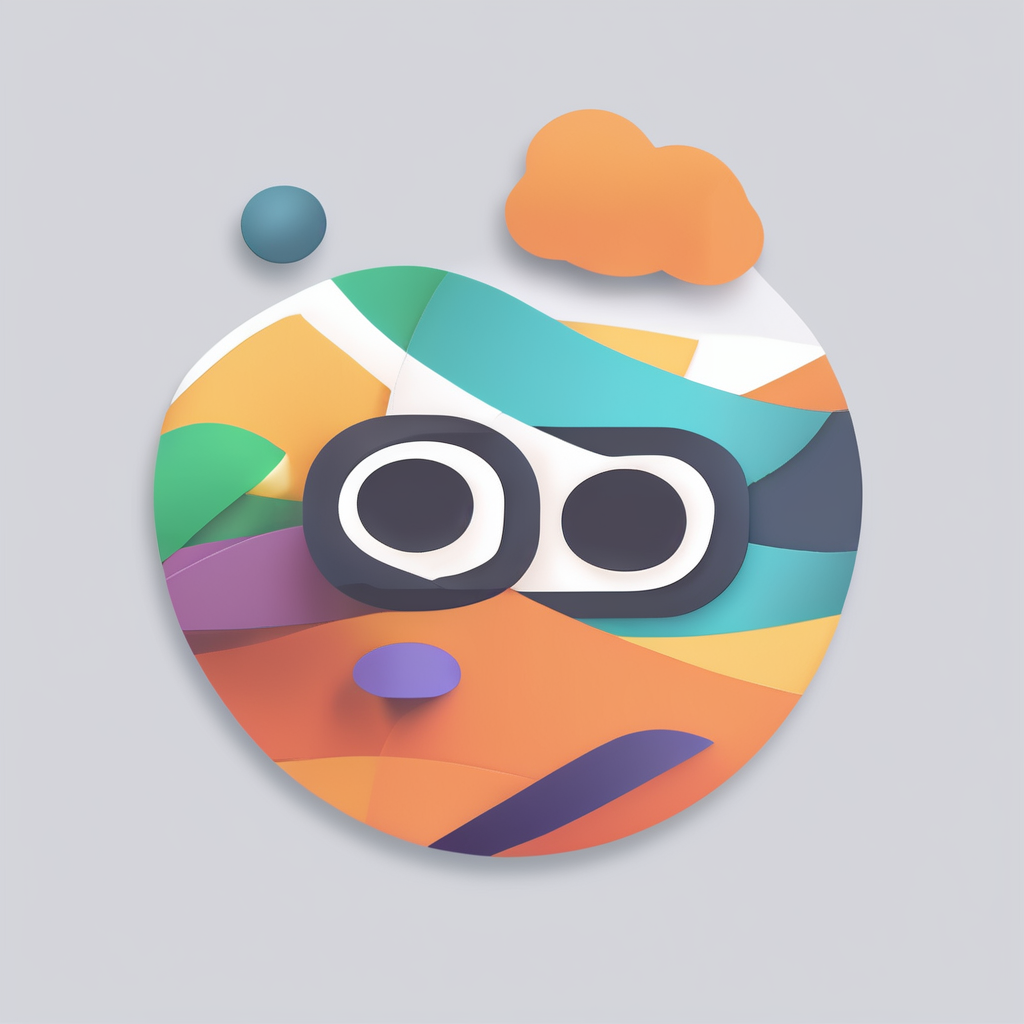AI’s Role in Enhancing Content Integrity
Artificial Intelligence (AI) has become a crucial player in ensuring content integrity and authenticity, particularly in the realm of plagiarism detection. Through advanced algorithms, AI tools can effectively analyze large volumes of text to identify potential instances of plagiarism with remarkable precision. This is achieved by comparing submissions against vast databases of existing work, accounting for specific patterns and linguistic similarities.
One cannot underscore enough the importance of maintaining integrity in digital content. In the digital age, where information can be easily duplicated and disseminated, preserving the originality and credibility of text-based content remains a top priority. AI technologies are essential in achieving this goal by providing accurate assessments, thereby upholding the authenticity of academic and professional writings.
Topic to read : Unveiling advanced ai breakthroughs in predictive maintenance for sustainable energy solutions
Moreover, the impact of AI on content authenticity is profound. It has redefined how content creators approach their work, emphasizing originality and ethical practices. With continuous technology advancements, AI tools are becoming more sophisticated, capable of not only detecting verbatim plagiarism but also recognizing paraphrasing and manipulation tactics.
Thus, AI’s advancement in plagiarism detection represents a significant leap forward in fostering a culture of ethical content creation and integrity in contemporary discourse.
In the same genre : Transforming enterprise security: the impact of next-generation firewalls on modern defense strategies
Comparative Analysis of AI Tools and Traditional Methods
Examining plagiarism detection tools reveals their transformative impact compared to traditional approaches. Modern AI tools leverage sophisticated algorithms to scan extensive text libraries, enabling a precision and speed unmatched by manual efforts. This rapid assessment capability means that AI can identify potential plagiarism instances swiftly, allowing for faster content verifications.
Effectiveness of AI Tools
AI’s capacity to detect nuanced patterns, including paraphrasing, offers a notable advantage. Traditional methods generally rely on manual reviews, which can miss subtler similarities between texts. Humans can identify overt copied content, but AI extends this to complex linguistic variations, increasing detection accuracy significantly.
Limitations of Traditional Approaches
Human review, though insightful, is time-intensive and prone to errors, particularly in the face of vast amounts of data. Even with checklists and guidelines, traditional means may overlook intricate forms of content manipulation, proving AI to be a more reliable partner for content integrity.
Advantages of AI-driven Detection
AI offers several benefits over manual methods:
- Speed: Processes large datasets quickly.
- Precision: Identifies non-verbatim plagiarism.
- Consistency: Maintains uniform evaluation criteria.
These advancements enhance not only the efficiency of plagiarism detection but also uphold a standard of authenticity across digital content.
Case Studies of Successful AI Implementations
In the journey of affirming content integrity, several AI case studies reveal how technology transforms plagiarism detection. These successful implementations showcase AI’s prowess in identifying duplicity with unprecedented precision and speed.
One compelling example involves a major university integrating AI-driven plagiarism detection tools into its academic integrity policies. The result was a notable decrease in misconduct cases, as the AI application efficiently combed through student submissions, cross-referencing them against a vast, ever-expanding database. This led to a more authentic and credible academic environment.
Further developing this theme, a leading content publishing company adopted AI tools to bolster its editorial process. The result was a measurable improvement in content originality and trustworthiness, enhancing the publisher’s reputation. By employing AI, they could effectively mitigate risks associated with unintentional content duplication, enabling continuous high standards of authenticity.
Through these examples, key insights emerge about AI-driven plagiarism detection success stories. They illuminate the potential benefits of adopting AI solutions across various sectors, not just in detecting plagiarism but fostering a culture centered on ethical content creation. These stories offer valuable lessons for others contemplating integrating AI technologies to maintain integrity and originality in digital content production.
Implications for Academic Integrity and Content Originality
AI’s integration into educational systems profoundly influences academic integrity and content originality. By providing educators with robust tools, AI supports the identification of copied material, thereby fostering a culture of ethical content creation. This level of scrutiny improves the educational landscape by ensuring students produce original work.
AI and the Academic Landscape
AI’s role in academia goes beyond detection; it empowers institutions to uphold scholarly standards. With precise algorithmic capabilities, AI identifies plagiarism in various forms, maintaining the credibility of academic credentials and institutions alike.
The Role of Educators in AI Adoption
Educators hold the key to successful AI integration. By adopting AI tools, they enhance their ability to guide students towards authentic content creation. Educators must therefore stay informed about technological advancements and serve as conduits between technology and pedagogical practice.
Fostering Original Content Creation
Encouraging originality requires a multifaceted approach. AI tools not only detect but also discourage plagiarism, pushing students to develop unique ideas. Educators, paired with AI, can better promote innovative thinking and writing skills, creating environments where content originality is respected and celebrated.
Supporting both academic integrity and originality ultimately enriches educational experiences, preparing students for success in a broader context.
Future Trends in AI and Plagiarism Detection
With rapid AI advancements, the landscape of plagiarism detection is poised for significant evolution. Emerging AI technologies promise even greater accuracy and efficiency in safeguarding content creation. These advancements include better context recognition, allowing AI to understand semantic and conceptual nuances more deeply. This enhancement will further refine AI’s ability to distinguish between coincidental similarities and genuine cases of plagiarism.
One anticipated trend is the integration of AI into content creation tools, offering real-time plagiarism analysis as writers develop content. This proactive approach will not only aid in immediate identification but will also guide users towards crafting original work from the onset.
Moreover, the adoption of AI may lead to novel plagiarism detection methodologies, such as enhanced machine learning algorithms that analyse textual structures and intent rather than just words. This could result in AI not only detecting copied content but also suggesting stylistic improvements to maintain originality.
As AI developments continue, it is essential to address new ethical considerations and privacy concerns. Balancing technological efficiency with ethical responsibility will be pivotal. Practitioners must ensure AI tools are used responsibly, with adequate transparency and fairness in their deployment.
Ethical Considerations in AI Use for Plagiarism Detection
In the realm of AI ethics, the application of AI for plagiarism detection presents several ethical implications. While AI enhances the consistency and accuracy of detecting duplicity, balancing technology and ethics is paramount. AI systems must be deployed responsibly to ensure fairness and transparency in their function.
Balancing Technology and Ethics
It is crucial to strike a balance between leveraging technology advancements and adhering to ethical practices. This balance ensures that AI tools are not exploited or misused, maintaining the trust of users and upholding content integrity across sectors. Thoughtful implementation strategies and guidelines can help mitigate ethical concerns.
Privacy Concerns with AI Tools
Another significant aspect of plagiarism ethics involves privacy concerns. AI tools often require access to a vast amount of data to function effectively. Ensuring that data is handled securely and with respect to users’ privacy rights is essential. Clear data usage policies and consent mechanisms should be established.
Maintaining Human Oversight
Despite AI’s capabilities, human oversight remains crucial. Humans provide context and ethical judgment that an algorithm alone cannot replicate. Having human involvement in the oversight of AI processes helps ensure the technology is used appropriately and that ambiguities are resolved accurately, fostering a sense of accountability in responsible AI usage.











